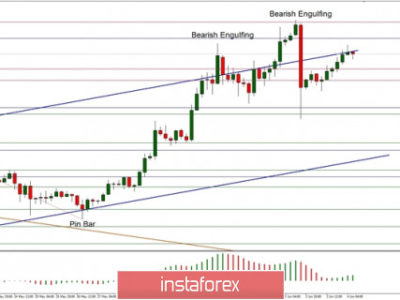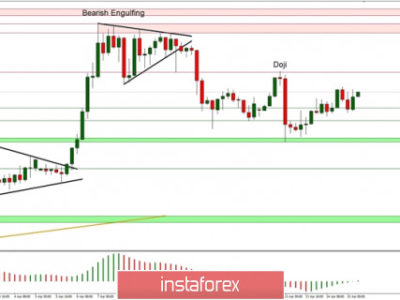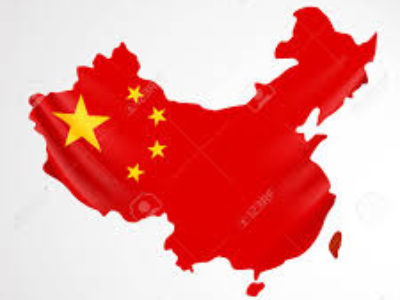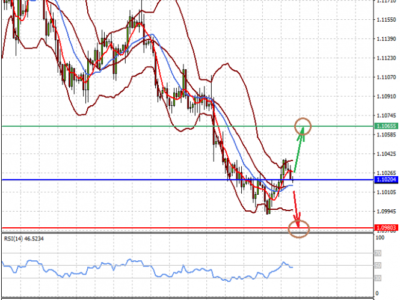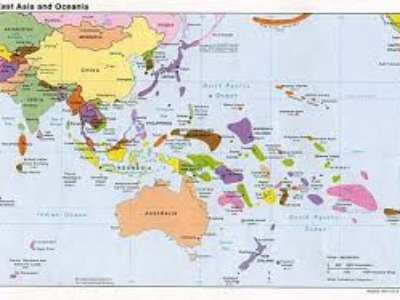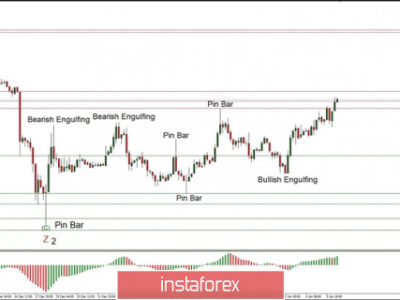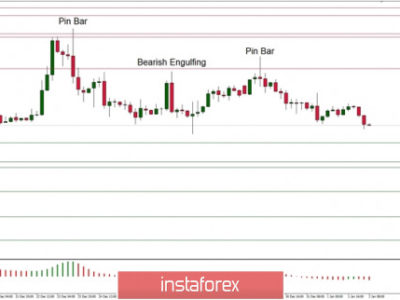China Creates Global Panic
Stocks in China tumbled on Tuesday for a 3rd straight session declining 7.6%, which comes on top of the 8% decline on Monday and the 11% drop which occurred during the prior week. The 26.6% decline in the Shanghai stock market is one of the largest market routs seen in Asian stocks in their history. The fear of a global capital markets selloff has become palpable pushing shares of U.S. and European stocks significantly lower.
In a surprise move on Tuesday the Chinese central bank cut its bench market interest rates and lowered its reserve requirements in an effort to bolster the Chinese economy. The one-year lending rate will drop by 25 basis points to 4.6 percent effective Wednesday, according to the PBOC. The one-year deposit rate will fall by 25 basis points to 1.75 percent.
China’s increasingly aggressive stimulus measures to bolster flagging domestic activity confirm growth is running well short of the 7% GDP target. Moreover, the odds of a hard landing for China’s economy have risen as the government’s efforts to manage the economy appear to be having little success.
Efforts to access the current state of China’s economy are hampered by uncertainty over the soundness of the official figures released by the government. But even the official numbers suggest growth was running below the 7% year over year GDP figure reported in Q1 and Q2, and is certainly on track to fall well short of that arbitrary target in Q3 and Q4. GDP should slow to 6.3% in Q3 and 6.1% in Q4, leaving a 6.6% growth rate for the full year.
It is now difficult to get a gauge on how bad things really are for the Chinese economy. The official state compiled manufacturing PMI and the privately run Caxin manufacturing PMI have diverged, although both show a downtrend in activity this year. The Caixin manufacturing PMI has been below 50.0 in every month this year through July except February, falling to a 48.2 level in July that was the lowest since April of 2014’s 48.1. In contrast, the official government complied manufacturing PMI held at just above 50.0 since March.
The trade figures have also flashed warning signs over the state of China’s economy. Exports tumbled 8.3% year over year in July after a 2.8% year over year gain in June that was a temporary reprieve from the annual declines evident from March to May. Imports have suffered from a downward trajectory since late last year, posting an unbroken string of annual declines since November of 2014 that align with an economy slowing in the first half of this year.
Consumer and industrial inflation rates point to an economy with growing spare capacity. While total annual CPI growth has improved to a 1.6% year over year, the pace from the 0.8% clip in January’s growth remains well short of the 2.0% to 2.5% rates seen in early 2014 and the 2.0% to 3.2% rates seen in 2013. Admittedly, the swoon in energy and commodity prices explains some of the slowing, but the slackening of price pressures adds to the view that growth in China’s economy is undercutting the official 7% target.
The ongoing stock market sell-off and associated government measures to stem the selling along with recent currency devaluation adds to the confusion in the Chinese market. These actions show that the government is growing increasingly aggressive in trying to halt a slowdown. Indeed, the currency devaluation justified growing concern over China’s growth backdrop, as the action suggests officials are worried that the other measures they have already taken to boost growth are not enough.
China’s mix of policy machinations and opaque economic data all beg the question if growth is on track to match the target, why is there a need to up the ante in terms of stimulus? Just how slow is the economy going and to what extent have the prospects eroded for the second half of 2015. Officials are unlikely to ever directly confront this question, but further stimulus would certainty send a strong signal to the market.
In the wake of the selloff in Chinese stocks, the European and U.S. markets have felt the brunt of the decline in sentiment. Volatility has returned to the market with a vengeance, sending U.S. implied volatility to nearly record highs.
The VIX volatility index, which measures fear and greed in the U.S. stock markets surged to nearly 53%, from a low in early August of 11%. This implies that traders believed that stocks could move nearly 53% from current levels over the course of the next 12-months. The highs seen during the European debt crisis in both 2011 and 2012, were 48%, which shows how panicked U.S. market participants had become. During the heart of the U.S. financial crisis in 2008 and 2009 the VIX moved as high as 80%, which appears to be the all-time high.
The VIX measures the at-the-money strike price implied volatility on S&P 500 options contracts. The high level of implied volatility means that investors were paying extreme premiums for options contracts that protect their stock portfolios from declining.
The spillover of the Chinese contraction was not limited to stock prices. Oil prices have declined to 6-year lows breaking through $40 per barrel and making a low near $38.22. The decline in crude oil prices reflects slowing growth in China and an overhang of supplies from the United States. Copper prices also hit a 6-year low on Monday, along with Soybeans and Corn which have been hammered due to record supplies and the fear of declining Asian demand.
The PBOC continues to tinker with monetary policy and might need to go down the same road as the U.S., Europe and Japan with an all-out quantitative easing program. This would likely kick start their economy, but would also show the world that growth is not the same in the world’s second largest economy.
The post China Creates Global Panic appeared first on Forex.Info.
Source:: China Creates Global Panic

